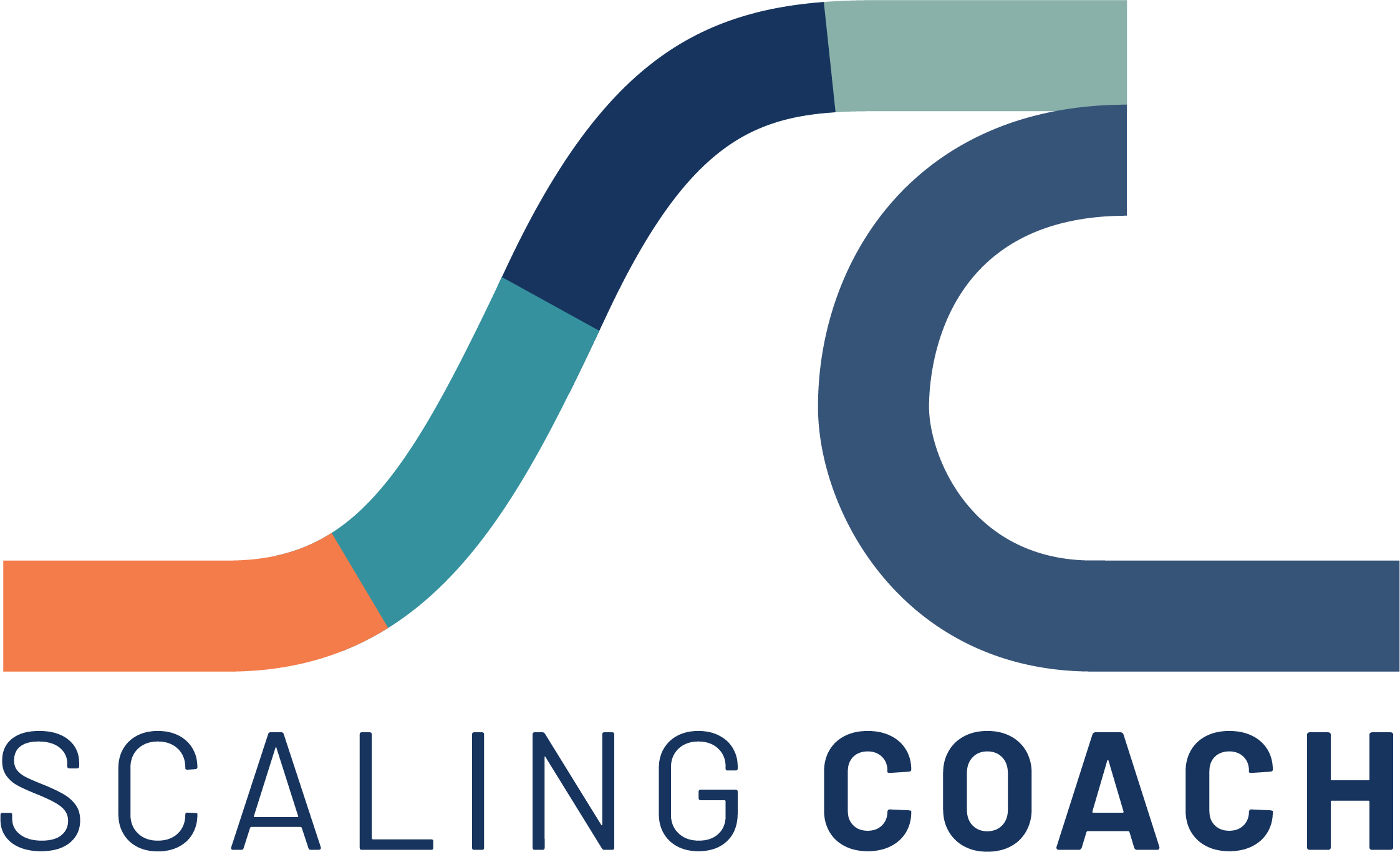We’re talking about getting the rhythm right. Getting the rhythm right in your business. It’s great. We start with music in our show, my old client, Anthony Nelson of Premier Restoration, Hawaii, started as an operations manager in the company and helped tick the company from a couple dozen employees to over 160 and became the president of the company unless than five years.
You know, in our very first session with Anthony and the team there at Premier, we worked on what are the values, the purpose, the big hairy audacious goal, the brand promises and a few annual initiatives.
But then the big question was okay, how do we ensure that this isn’t just a nice offsite, some great documents, how do we ensure that we actually follow through on these things? And that’s when we introduced the meeting rhythm, the whole cadence of meetings that keeps every business running well.
And it doesn’t need to be unique or reinvented for your business wisdom. Churchill said plans are of little importance, but planning is essential. And Eisenhower, the US leader of virtually the same time, said plans are useless, but planning is indispensable.
How can that be? How can the plans themselves be of such little value? But the planning is indispensable. Well, we know that no plan survives contact within. We know Mike Tyson said everybody has a plan till they get punched in the face.
So if plans are so useless, why is it that planning is so important? Well, plans aren’t totally useless. They are of fleeting value. Like, we create a plan, it coordinates, it brings us together, and then we start to execute on the plan.
Then things change. So the ideal thing is that we’re always creating new planning. That’s why they say planning is a dispensable. Planning is priceless because it’s the act of planning, where we come together and create plans.
Now, if all we did was create plans, then we wouldn’t be doing any work. We wouldn’t be getting anything done. So there’s a certain balance of planning and executing that is part of our getting the job done and growing the business.
So what’s the right cadence? Well, don’t try to reinvent it yourself. Follow the advice. Follow the example led by so many others before. So we start off with annual strategy off site. We do a lot of strategy work and a little bit of planning, and then we get going.
And then every quarter, we do a quarterly update, and we create a plan for the quarter. We create a plan for the next 13 weeks to follow through. Then with that plan in mind and we make weekly adjustments to the plan, we update, we connect with the team, we reconcile things back.
Right? Then we also want to have daily huddles, because you wouldn’t commence the action of the day or begin a play on the field without doing a huddle. And then we need some one on one coaching and that kind of thing.
We usually do that on a bi weekly basis. So get the rhythm. Right? Now, here’s the real secret about all this. The rhythm of your meetings that you run the business with should be proactive, should be scheduled in, should be recurring and reliable, not an accidental beat.
Like I once did in my old business where we did an annual and a midyear and then we fit in things where we could. And the only thing that we were really reliable about was the Daily huddle. Thank God we were reliable about that.
It helped us through a lot of periods of growth, but if we’d been as equally powerful with our weekly meetings and our quarterly planning updates as we were with the Daily Huddles and the annual and the mid year, we’d have been in a lot better shape than we were in Navigating.
That time of growth. So get that stuff done now. The client meetings, the bank meetings, all that stuff actually comes after your meetings. You schedule around your meetings so you figure out what’s the ideal time for your meetings is.
It Monday or Tuesday for your weekly meetings? That’s the most typical time. Do you do your one on one on Friday afternoon like most people? What time of day do you do your daily huddles? Does the quarterly happen before the end of the quarter or after the last quarter is finished up?
Right? Which side of the quarter turnover do you put it? Some people like to have all the results in before they plan the next bit. Some people like to get the plan done so they start the quarter with a plan.
I’ve seen it go both ways. It works fine. Just get consistent with it. Lock that in and follow the plan. And schedule all your top customers and that kind of thing around your reliable, predictable meeting.
Don’t chase all of them at the sacrifice of the detriment of running your business well. I hope that’s helpful for you. Getting the rhythm right is critical to doing a good job with scaling and growing your business and for having the kind of time, the peace of mind.
Remember the. The routine sets you free. So get that rhythm set, follow it. Hang on to that beat that’s your business. Hey, everybody. I’m Bill Gallagher, scaling coach and host of this scaling up business podcast.
We bring a show to you at least once a week here wherever you’re getting this now. Video audio. Like it subscribe? Share it with somebody else. That’s super helpful. Turn on your notifications so you get them and you don’t miss one and hundreds of them now.
Hope that’s been helpful. We’ll talk to you again next time. Until then, keep scaling up.
